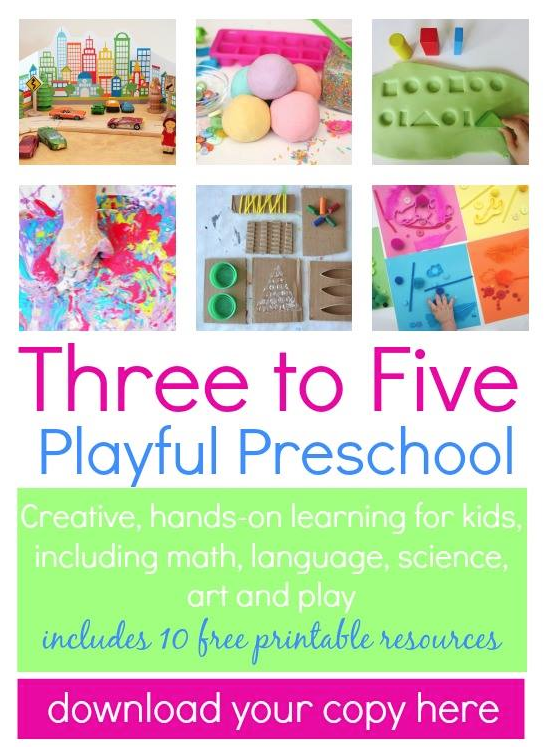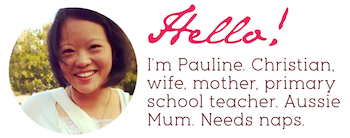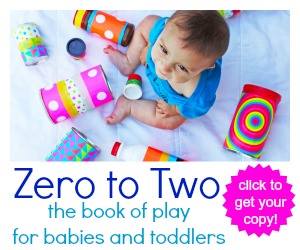Curiousity is the most marvellous ingredient in a teaching and learning scenario. It sparks questions, investigations and makes learning enjoyable. Figuring out those answers to the gaps in our understanding of the world is ever so satisfying.
After visiting the Skeleton Room of The Australian Museum, our boys have been fascinated with bones and skeletons. Following their lead, we plunged into some preschool science and introduced ourselves to the world of skeletons and bones.
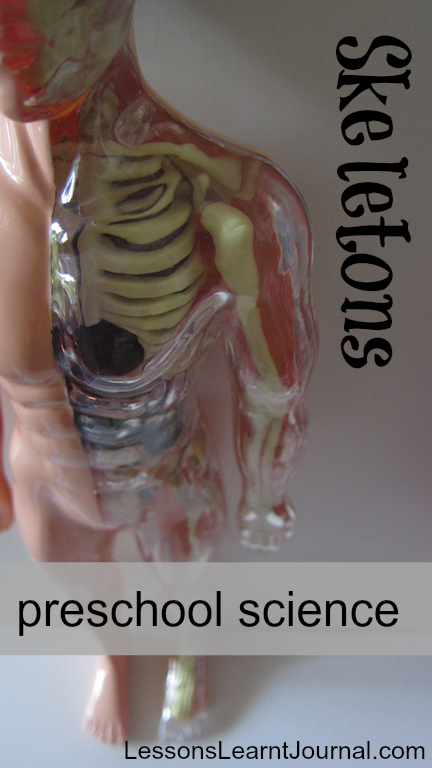
Skeletons: Preschool Science
Learning Outcomes
Young children should be able to identify the major bones and their functions:
- The skull protects the brain
- The ribcage protects the heart and lungs.
- The spine holds the body up.
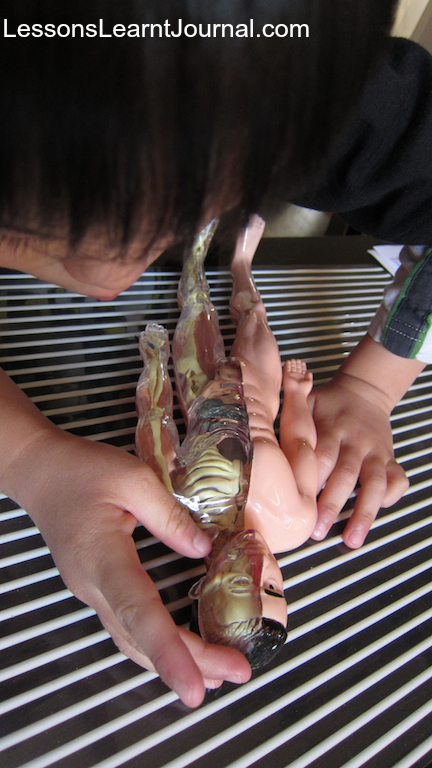
Children should also know that bones can break, but they can also heal. The body makes tissues to heal broken bones. The tissue is soft to begin with and hardens over time. A cast helps keep the body still to let the bone heal properly. Sometimes, if bones are broken seriously, doctors put in some steel rods to support the broken bones to help them heal.
Ways we can care for our bones include:
- Using protective gear like helmets, knee pads, elbow pads and wrist guards when playing sports.
- Eating calcium-rich foods (e.g. milk, cheese, dark leafy green vegetables) helps build bones and keep them strong.
- Vitamin D (from food and sunshine) helps the body absorb calcium.
- Regular exercise also helps keep bones healthy.
Suggested Learning Experiences
A visit to a museum to look at bones. The best way to learn about bones is to see them (and if possible touch them). This allows students to observe, gather and synthesise new information for themselves.
Put together a skeleton. Using a print out of a human skeleton, cut it into the main body parts (skull, ribcage, arms, legs, etc) and let children place the various parts together, naming each major part and its’ function.
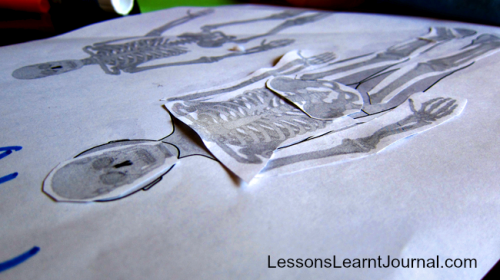
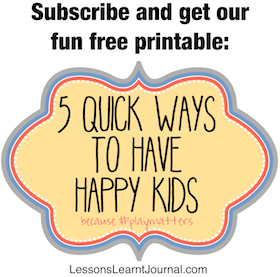
More Activities for Preschoolers
Three to Five: Playful Preschool is stuffed to the brim with tried, tested and loved playful learning ideas for preschoolers. There are 25+ ideas for preschoolers, ten printable resources and additional links to over 50 more activities. A great resource for parents. Download your copy here.
N&M: 4 years, 5 months
October 2012
If you are new here, you might like to subscribe to our RSS feed or receive updates direct to your email. We have many fun ideas to share.

